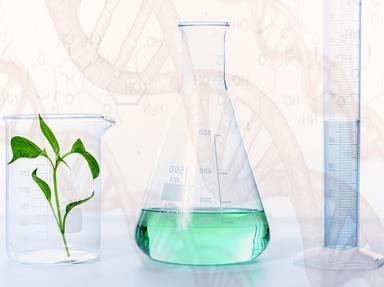Quiz Answer Key and Fun Facts
1. Which of these is not a noble gas?
2. Which of these metals has the highest density?
3. Bromine is the only non-metal which is in the liquid state in room temperature.
4. Which is the most abundant element in the Earth's crust?
5. Which elements are called bridge elements?
6. Which allotrope of phosphorus is the most stable?
7. Which metal has the lowest vapor pressure and the highest melting point?
8. Which of the following is used in making bullet-proof jackets?
9. Which element shows maximum radioactivity?
10. Which is the rarest naturally-occurring element on Earth?
Source: Author
shawn888
This quiz was reviewed by FunTrivia editor
crisw before going online.
Any errors found in FunTrivia content are routinely corrected through our feedback system.

